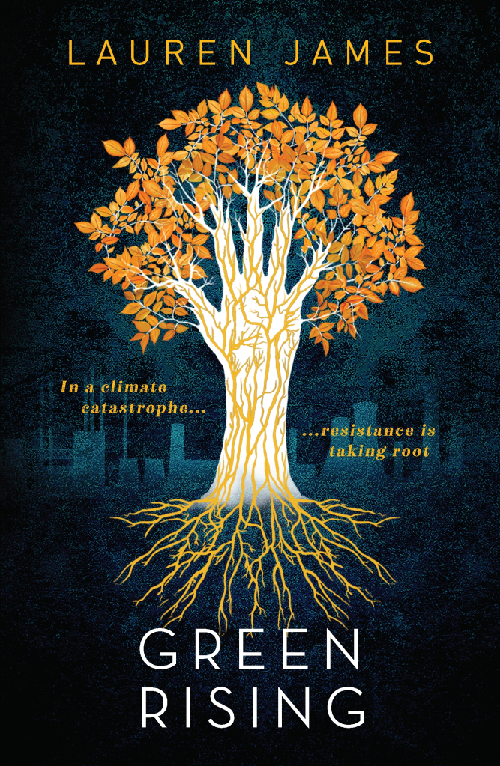In this extract from her article for the Children's Writers' & Artists' Yearbook 2023, bestselling YA author Lauren James provides her top tips for writing hopeful climate fiction.

My top tips for writers who want to include climate change in their work:
- Read climate fiction in a variety of genres, not just science fiction and fantasy.
- Consider the activism going on outside the very vocal UK/US groups. Activists from the countries most affected by climate change are often ignored in the media.
- Inspire activism – but be aware that readers don’t want to be made to feel guilty.
- Convey the seriousness of the situation without making action seem futile.
- Show how climate change is no longer a long-term issue but something happening right now.
- Use your frustration in your writing – but be aware that most people don’t want to read an angry book
- Remember that hope and optimism will inspire more action than anything else. Fiction can inspire a huge amount of empathy, which is a force that can be used collectively to inspire change on a global level.

This is an abridged version of an article taken from the Children's Writers' & Artists' Yearbook 2023, available to order now from Bloomsbury.com
Lauren James is the bestselling author of many YA novels, including Green Rising (2021), The Reckless Afterlife of Harriet Stoker (2020), The Quiet at the End of the World (2019) and The Loneliest Girl in the Universe (2017), all published by Walker Books. Lauren is a Royal Literary Fund Royal Fellow, freelance editor and screenwriter, and founder of the Climate Fiction Writers League. For more information see https://laurenejames.co.uk. Follow her on Twitter @Lauren_E_James.
Comments